Cambodia’s Green Season has arrived earlier this year, with rain and cloudy skies starting in May 2025. This unexpected shift has transformed Siem Reap into a lush paradise sooner than usual, bringing green moss-covered temples, fresh air, and fewer crowds—a dream for travelers seeking a peaceful and picturesque experience.
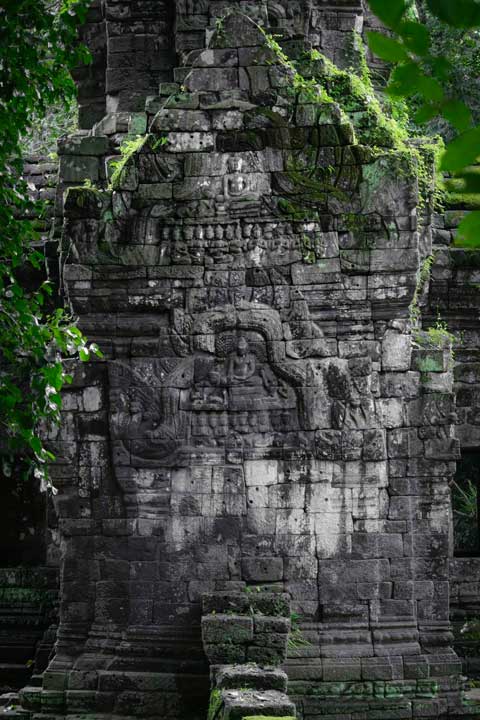
Why Visit Siem Reap in the Rainy Season?
- Lush and Vibrant Landscapes – The temples are surrounded by greenery, and the early rains have created moss-covered stones, adding to their mystical charm.
- Fewer Tourists – With the season starting earlier, many travelers are unaware of the shift, making it an ideal time for peaceful exploration.
- Cooler Weather – The cloudy skies and rain showers bring relief from the heat, making temple visits more comfortable.
- Lower Prices – Hotels, restaurants, and tours offer discounts, making it a budget-friendly time to visit.
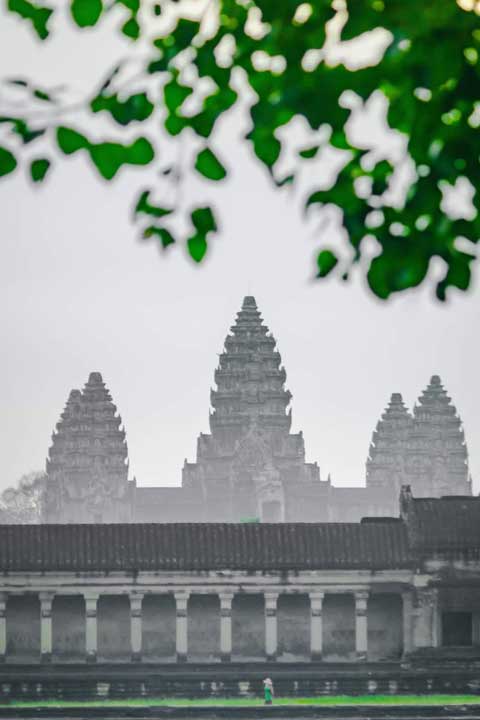
Best Places to Visit in Siem Reap During Green Season
Angkor Wat at Sunrise
Angkor Wat is breathtaking year-round, but in May 2025, the cloud formations during sunrise have been spectacular. The moats are full, and the early morning mist adds a mystical touch to the temple’s silhouette.
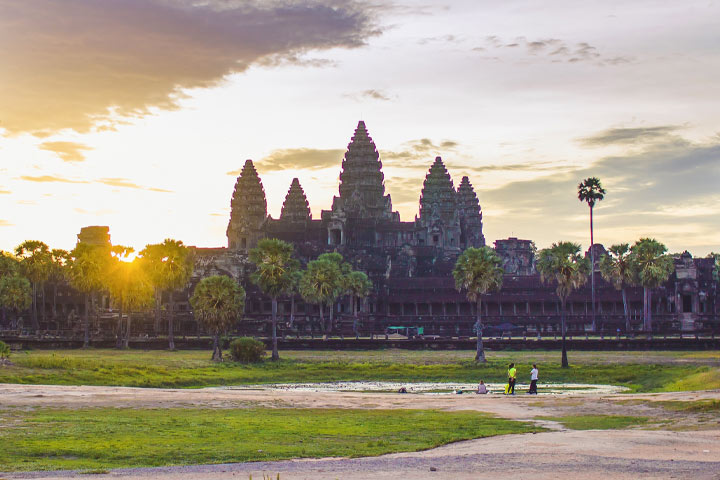
A Brief History
Angkor Wat, the world’s largest religious monument, was built in the 12th century by King Suryavarman II (reigned 1113–c. 1150). Originally constructed as a Hindu temple, it was dedicated to Vishnu, reflecting the king’s devotion to the deity. The temple’s design symbolizes Mount Meru, the mythical home of the gods, with its five central towers representing the mountain’s peaks.
Over time, Angkor Wat transitioned into a Buddhist site, and by the end of the 12th century, it became a significant center for Buddhist worship. Despite periods of neglect, the temple has remained a cultural and spiritual icon, attracting visitors from around the world.
Map
Phnom Bakheng at Sunset
Phnom Bakheng, perched atop a hill, offers stunning sunset views over Angkor. As the sun sets, the sky glows with hues of orange, pink, and purple, creating a breathtaking scene.
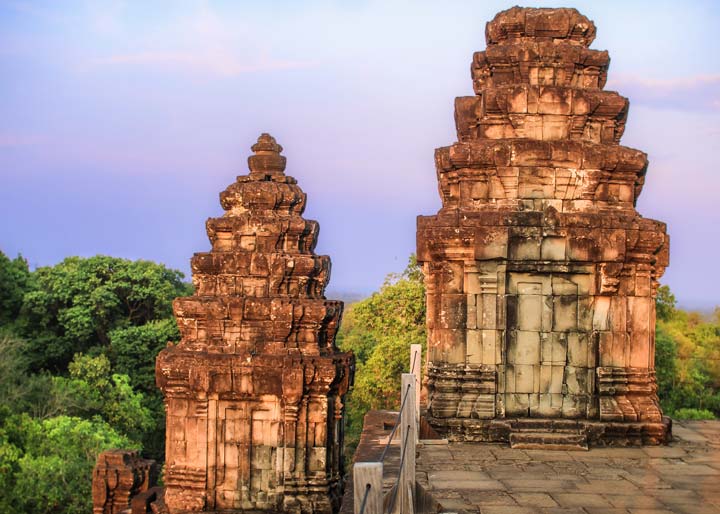
A Brief History
Built in the late 9th century by King Yasovarman I, Phnom Bakheng was the state temple of Yasodharapura, predating Angkor Wat. Dedicated to Shiva, its tiered pyramid structure symbolizes Mount Meru. Over time, it transitioned into a Buddhist site and remains a favorite sunset spot.
Map
Bayon Temple & Angkor Thom
The Bayon Temple, famous for its smiling stone faces, looks even more magical with moss-covered rocks and misty surroundings. Wander through Angkor Thom, where the early rains have enhanced the jungle atmosphere.

A Brief History
Bayon Temple was built in the late 12th–early 13th century by King Jayavarman VII as the state temple of the Khmer Empire. Its 54 towers, adorned with over 200 smiling stone faces, are thought to represent Bodhisattva Avalokiteshvara or the king himself.
Angkor Thom, meaning “Great City,” was the empire’s capital, designed as a vast fortified complex with intricate bas-reliefs depicting everyday life and historical events. Originally dedicated to Buddhism, the temple later adapted to Hindu and Theravada traditions, reflecting the empire’s evolving spiritual influences
Map
Ta Prohm – The Jungle Temple
Known as the “Tomb Raider Temple,” Ta Prohm is now covered in green moss, making it feel even more like an ancient lost city. The trees and vines intertwining with the ruins are at their most vibrant during this season.

A Brief History
Built in 1186 AD by King Jayavarman VII, Ta Prohm was originally named Rajavihara and served as a Mahayana Buddhist monastery and learning center. It was dedicated to the king’s mother, with its main image representing Prajnaparamita, the personification of wisdom.
Unlike other temples in Angkor, Ta Prohm was left largely untouched by restoration efforts, allowing nature to reclaim its walls. The silk-cotton and strangler fig trees growing through the ruins have made it one of the most iconic sites in Cambodia.
Map
Preah Khan – The Hidden Gem
Preah Khan, often overlooked, is now covered in moss and greenery, creating a stunning contrast against its ancient stone walls. The early rains have made the temple’s courtyards feel like a secret jungle retreat.
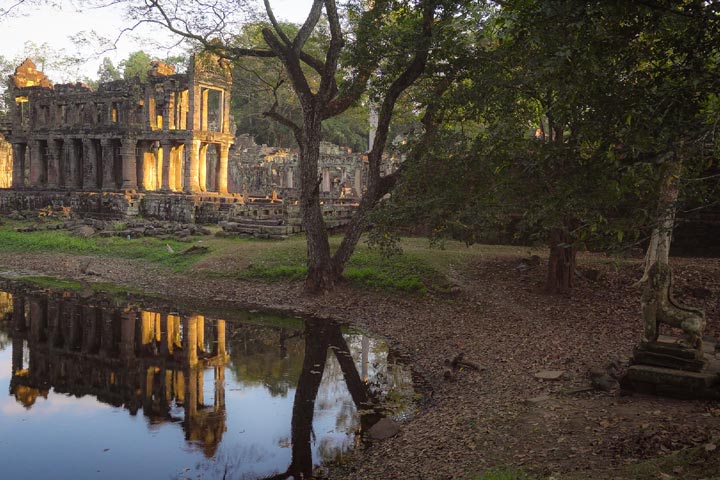
A Brief History
Built in 1191 AD by King Jayavarman VII, Preah Khan was dedicated to his father and served as a Buddhist monastery and university. The temple was a thriving center with nearly 100,000 officials and servants, reflecting its importance in the Khmer Empire.
Its name, meaning “Holy Sword,” originates from its historical role in commemorating Jayavarman VII’s victory over the invading Chams. Like Ta Prohm, Preah Khan was left largely unrestored, allowing nature to reclaim its corridors, making it one of Angkor’s most atmospheric sites.
Map
Tonle Sap Lake & Floating Villages
With the Green Season starting early, Tonle Sap Lake is filling up faster than usual. Take a boat tour to Kampong Phluk or Chong Kneas, where the floating villages are adapting to the rising waters.
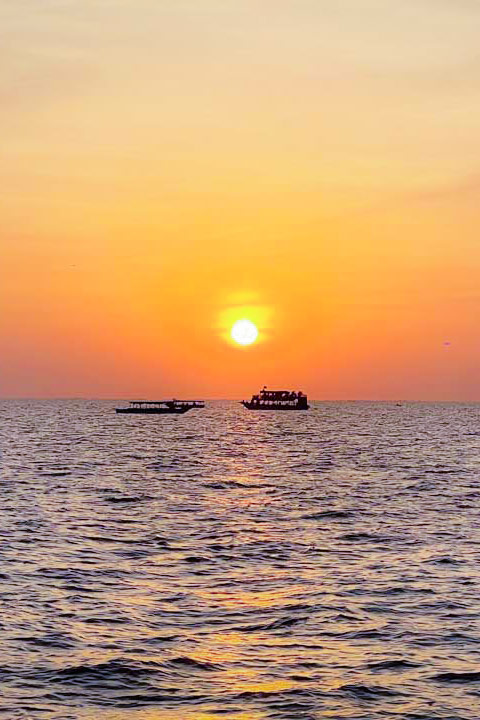
Map
Phnom Kulen National Park
The waterfalls at Phnom Kulen are already flowing powerfully, thanks to the early rains. This sacred mountain is perfect for a refreshing swim and a peaceful escape into nature.
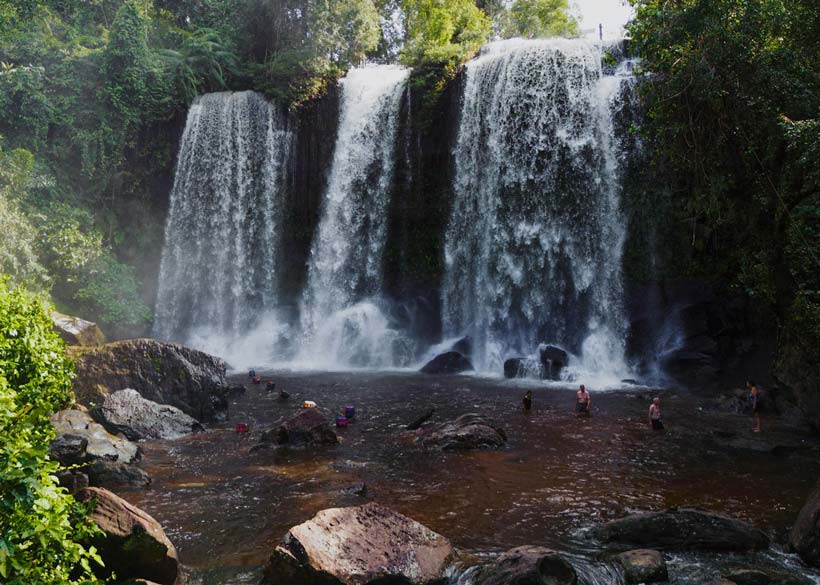
Siem Reap’s Local Markets & Cafés
Rainy afternoons are best spent exploring Psar Chas (Old Market) or relaxing in a Khmer café, watching the rain transform the streets. Try Cambodian coffee while enjoying the fresh, cool air.
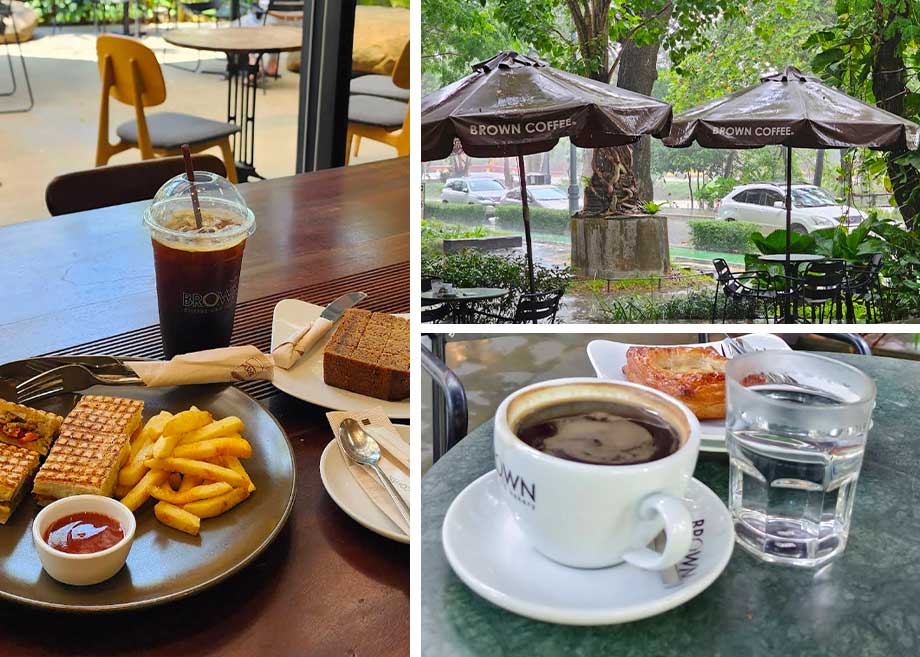
Map
Photo by Sathya Moth

Travel Tips for Green Season 2025
- Pack a light rain jacket – Showers are brief but can be heavy.
- Wear comfortable shoes – Some temple paths may be muddy.
- Plan temple visits in the morning – Rain usually falls in the afternoon.
- Take advantage of discounts – Hotels and tours offer great deals.
How to Get to Siem Reap
Siem Reap is accessible by air, bus, boat, and private taxi. Here are the main options:
- By Air: Siem Reap International Airport receives flights from Phnom Penh, Bangkok, Singapore, Ho Chi Minh City, and Vientiane.
- By Bus: Several companies operate buses between Phnom Penh and Siem Reap, taking 5-7 hours.
- By Boat: A scenic ferry ride from Phnom Penh to Siem Reap via Tonle Sap Lake takes 4-6 hours.
- By Private Taxi: A taxi from Phnom Penh to Siem Reap costs $80-$100 and takes 4-6 hours.
Map

Dining in Siem Reap
Where to Stay in Siem Reap
| Luxury Hotels | Standard Hotels | Budget Hotels |
| Nita by VO Hotel Angkor Village Hotel Borei Angkor Resort & Spa Anantara Angkor Resort | Siem Reap Center Hotel The Aviary Hotel Dragon Royal Angkor Hotel Angkor Holiday Hotel | Steung Siemreap Hotel Koulen Hotel Rambutan Resort-Siem Reap Royal Crown Hotel & Spa |
Park Hyatt Siem Reap
Elegant interiors with a fusion of Khmer and Art Deco design, featuring a luxurious spa, central location, and fine dining. read more…

Onederz Hostel Siem Reap
Trendy and social hostel with rooftop pool, clean dorms and private rooms, and daily tours. read more…
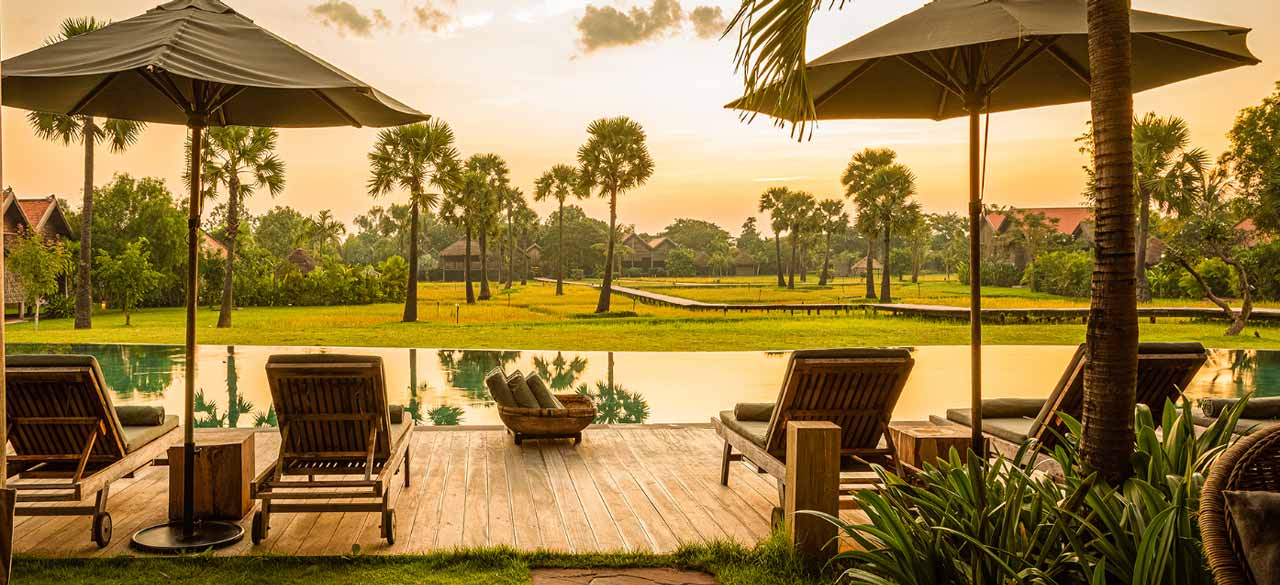
BEST Hotels in Siem Reap
Travel Vehicles in Siem Reap
- Cycling – Ideal for exploring temples at a slow pace. Best place for cycling in Siem Reap.
- Tuk-tuk – The most popular and affordable transport option. Tuk Tuk Tours.
- Car or Van – Best for comfort and long-distance travel. Car or Mini Van Tours.
Angkor Wat Entrance Fee (2025)
- 1-day pass – $37
- 3-day pass – $62
- 7-day pass – $72
- Available at Angkor Ticket Office
Frequently asked questions
Q: Is Siem Reap safe for tourists?
A: Yes! Siem Reap is very safe, with friendly locals and well-maintained tourist areas.
Q: What is the best time to visit Angkor Wat?
A: Sunrise (5 AM – 6 AM) offers the most stunning views, especially during the Green Season.
Q: Can I visit Angkor Wat without a guide?
A: Yes, but hiring a local guide enhances the experience with historical insights.
Final Thoughts
With the Green Season arriving early in May 2025, Siem Reap is more magical than ever. The moss-covered temples, misty mornings, and lush landscapes create an unforgettable experience. If you’re looking for a unique adventure, now is the perfect time to visit!
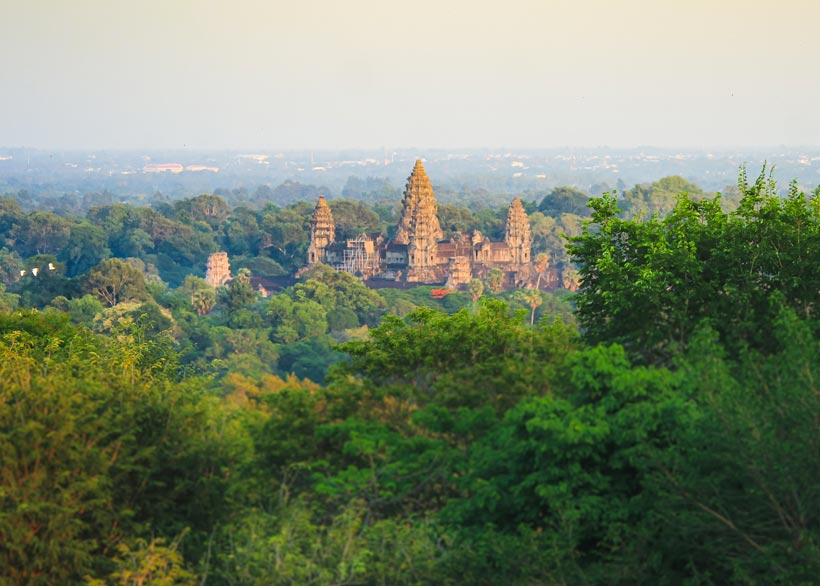
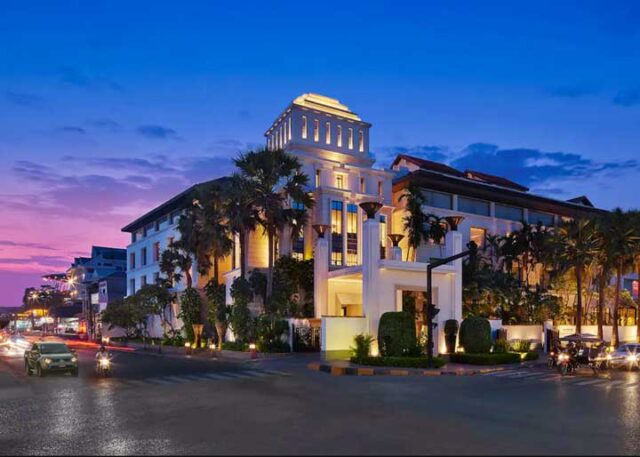

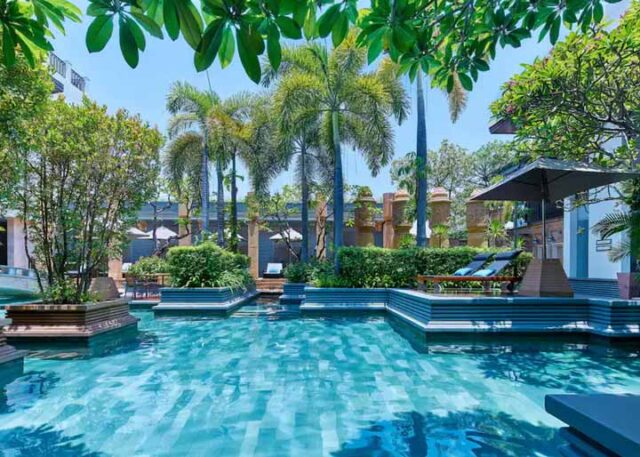

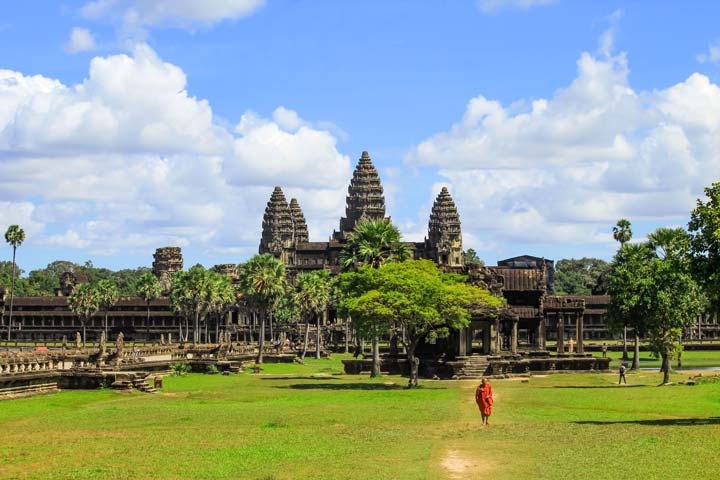
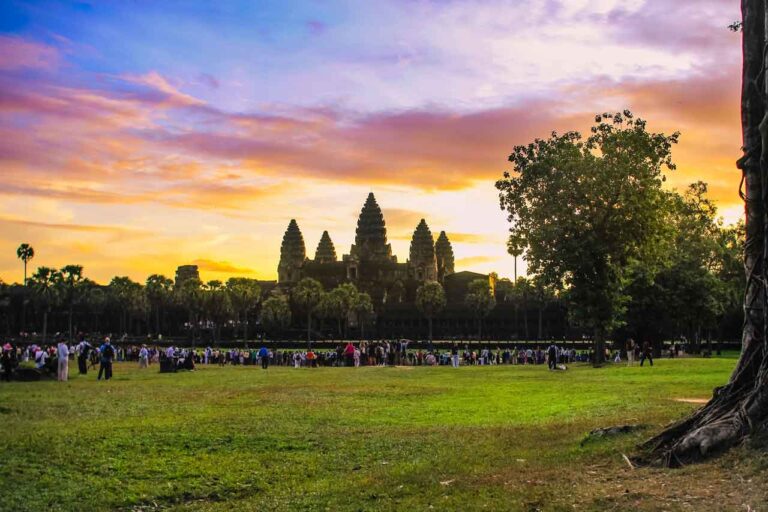
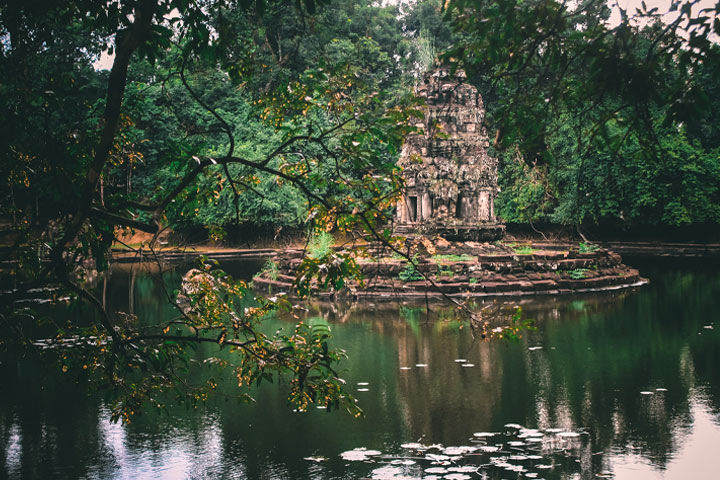
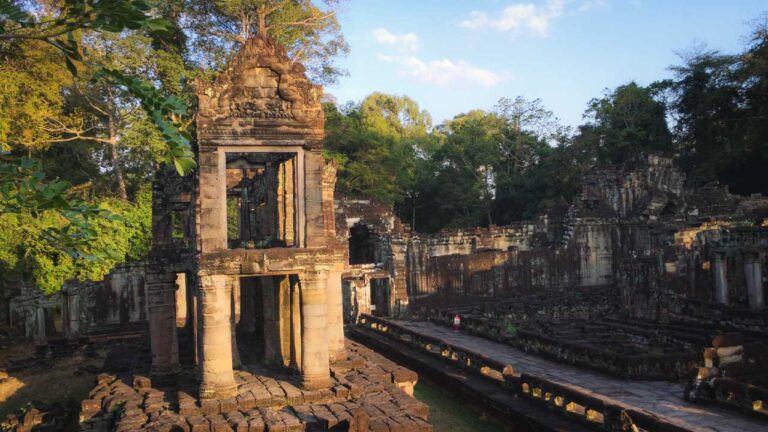
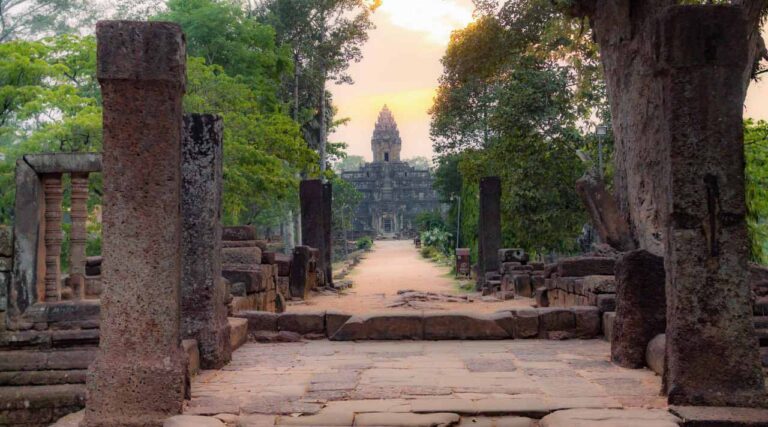
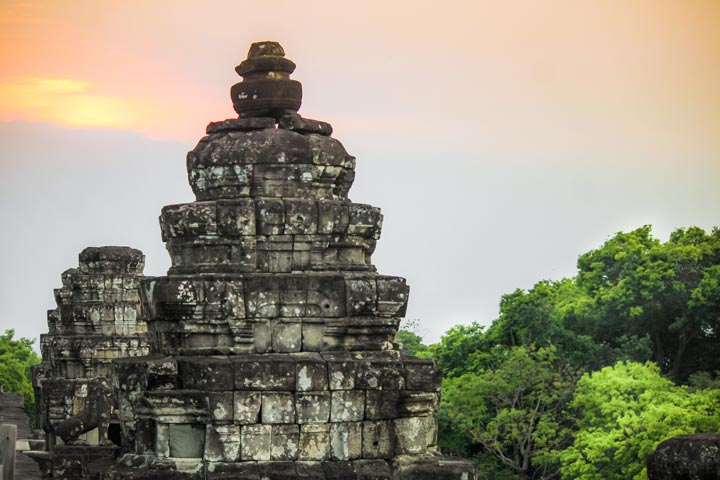
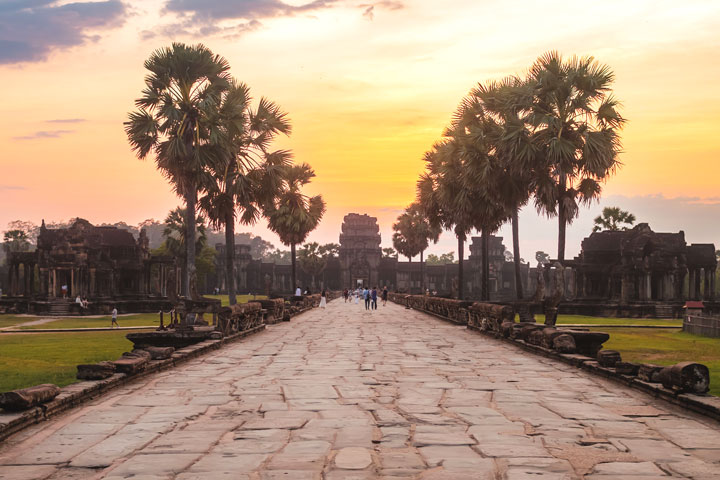
Leave a Reply